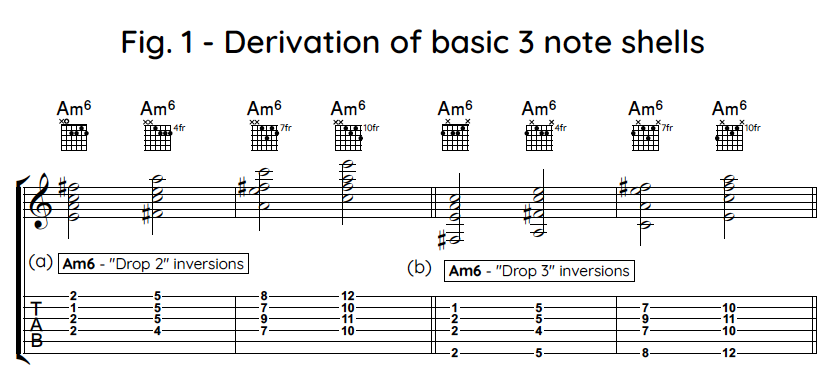
In the realm of jazz guitar, the rhythm section serves as the spine of the ensemble, providing the structural framework that allows for melodic and harmonic improvisation to flourish. Within this context, the rhythm guitarist plays a pivotal role, particularly through the mastery of time groove. Jamie Taylor, in his “Rhythm Guitar” course, emphasizes the importance of time groove and sound, asserting that these elements are fundamental to the discipline of rhythm guitar playing.
Understanding Time Groove
Time groove is the rhythmic feel or swing that propels the music forward, providing both a foundation and a dynamic element that interacts with the soloist and other members of the rhythm section. It’s about much more than simply keeping time; it’s about imbuing the music with a sense of motion and life. Taylor suggests that the ultimate goal is to play all material with a metronome, highlighting the importance of precision and consistency in establishing a compelling time groove.
The Simplicity of Groove
Taylor wisely points out that complexity for its own sake is not the goal. The choice between playing something simple with a consistent groove and something more complex but erratic is clear. The simplicity of the groove, when consistent, is always preferable. This principle underlines the idea that the essence of rhythm guitar playing lies not in showcasing technical prowess but in enhancing the overall musicality of the ensemble.
Achieving the Best Rhythm Sound
The tone and sound quality of the rhythm guitar significantly impact the time groove. Taylor notes that while the best rhythm sound traditionally comes from an acoustic archtop guitar, it’s possible to achieve a desirable rhythm tone on semi-acoustic or even solid body guitars. The key lies in adjusting the guitar’s volume, minimizing bass frequencies, and employing a percussive attack to create a sound that’s both rhythmic and melodious.
Emphasis on Beats Two and Four
In jazz, particularly in styles with a ‘two-feel,’ there’s a slight emphasis on beats two and four, which Taylor highlights. This nuanced approach adds a swing feel to the music, differentiating jazz rhythm playing from other genres and contributing to the unique time groove that defines jazz.
Mastery of Three-String Chord Shapes
Taylor’s focus on three-string chord shapes underscores the principle of economy in achieving an effective time groove. By simplifying chord voicings, the rhythm guitarist can maintain a clear, uncluttered sound that supports the ensemble without overpowering it. This approach also facilitates the slight emphasis on beats two and four, enhancing the swing feel fundamental to jazz.
The Legacy of Great Rhythm Guitarists
The booklet pays homage to legendary rhythm guitarists like Freddie Green, whose mastery of time groove set the standard for jazz rhythm guitar playing. By studying the work of these masters, from Green to contemporary players like Jim Hall and Bucky Pizzarelli, rhythm guitarists can gain insights into the subtle art of time groove and its role in the ensemble.


0 responses on "The Essential Role of Time Groove in Rhythm Guitar Mastery"